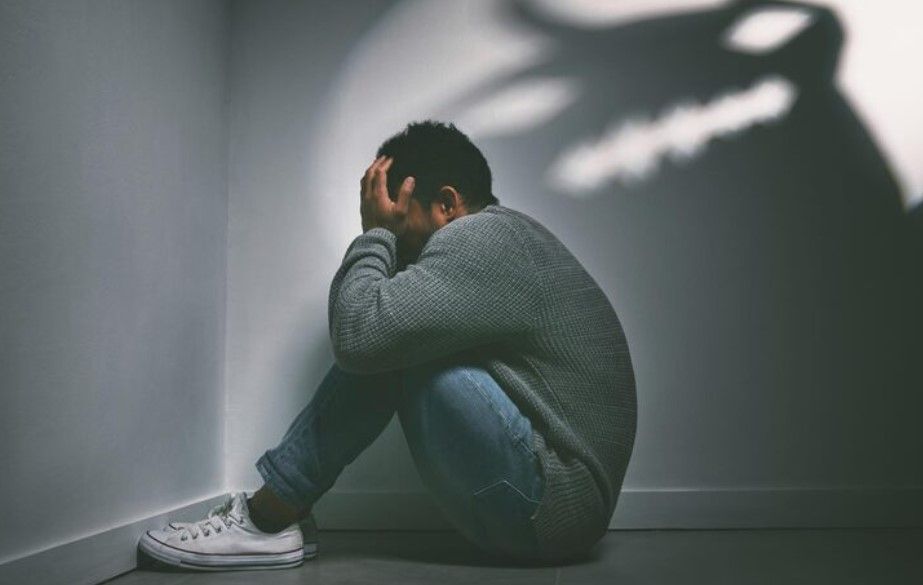Complementing Therapy: Supportive Practices and Lifestyle Changes for PTSD Recovery
Let's focus to the supportive practices and lifestyle changes that can complement therapy and enhance your recovery journey. Integrating these strategies into your daily life can help you manage symptoms more effectively and promote overall well-being.
The Holistic Approach to PTSD Recovery
A holistic approach to PTSD recovery recognizes that healing involves not only addressing the psychological aspects of trauma but also caring for the physical, emotional, and social dimensions of your life. Here are some supportive practices and lifestyle changes that can play a crucial role in your recovery:
1. Physical Activity and Exercise
Regular physical activity has been shown to reduce symptoms of PTSD and improve overall mental health. Exercise releases endorphins, which are natural mood lifters, and helps to reduce stress and anxiety. Here are some ways to incorporate physical activity into your routine:
- Aerobic Exercise: Activities such as walking, jogging, swimming, and cycling can help elevate your mood and reduce stress. Aim for at least 30 minutes of moderate exercise most days of the week.
- Strength Training: Lifting weights or engaging in resistance exercises can improve your physical health and boost your confidence and sense of control.
- Mind-Body Practices: Yoga, tai chi, and Pilates combine physical movement with mindfulness, helping to calm the mind and reduce symptoms of PTSD.
2. Nutrition and Healthy Eating
What you eat can have a significant impact on your mental health. A balanced diet provides the nutrients your brain needs to function optimally. Consider the following dietary tips:
- Eat a Balanced Diet: Focus on whole foods, including fruits, vegetables, whole grains, lean proteins, and healthy fats. These foods provide essential nutrients that support brain health.
- Stay Hydrated: Dehydration can affect your mood and cognitive function. Aim to drink plenty of water throughout the day.
- Limit Caffeine and Sugar: Excessive caffeine and sugar can lead to mood swings and energy crashes. Opt for healthier alternatives, such as herbal teas and natural sweeteners.
3. Sleep Hygiene
Quality sleep is essential for mental health and recovery from PTSD. Lack of sleep can exacerbate symptoms and make it harder to cope with stress. Here are some tips for improving your sleep hygiene:
- Maintain a Regular Sleep Schedule: Go to bed and wake up at the same time every day, even on weekends. This helps regulate your body’s internal clock.
- Create a Relaxing Bedtime Routine: Engage in calming activities before bed, such as reading, taking a warm bath, or practicing mindfulness meditation.
- Limit Screen Time: Avoid screens (phones, tablets, computers) at least an hour before bedtime, as the blue light can interfere with your sleep cycle.
- Create a Comfortable Sleep Environment: Ensure your bedroom is cool, dark, and quiet. Invest in a comfortable mattress and pillows.
4. Mindfulness and Relaxation Techniques
Mindfulness practices can help you stay present and manage the symptoms of PTSD. These techniques encourage relaxation and emotional regulation. Here are some practices to incorporate into your routine:
- Mindfulness Meditation: Regular meditation practice can help calm the mind and improve emotional regulation. Start with just a few minutes a day and gradually increase the duration.
- Deep Breathing Exercises: Deep breathing techniques can quickly reduce stress and bring a sense of calm. Try practicing deep breathing for a few minutes whenever you feel overwhelmed.
- Progressive Muscle Relaxation: This technique involves tensing and relaxing different muscle groups to reduce physical tension and promote relaxation.
5. Social Support and Connection
Building and maintaining strong social connections is vital for mental health and PTSD recovery. Supportive relationships provide emotional support, reduce feelings of isolation, and enhance your overall well-being. Here are some ways to foster connections:
- Reach Out to Loved Ones: Stay connected with family and friends. Share your feelings and experiences with those you trust.
- Join Support Groups: Consider joining a support group for individuals experiencing PTSD. Sharing with others who understand can be incredibly validating and comforting.
- Engage in Community Activities: Participating in community events, volunteering, or joining clubs can help you meet new people and build a sense of belonging.
6. Hobbies and Creative Outlets
Engaging in hobbies and creative activities can provide a sense of purpose and joy. Whether it’s painting, writing, gardening, or playing music, find activities that you love and make time for them regularly.
Integrating These Practices into Your Daily Life
Incorporating these supportive practices and lifestyle changes into your daily routine can significantly enhance your PTSD recovery journey. Here are some tips for integrating these strategies into your life:
- Start Small: Begin with small, manageable changes. Gradually incorporate new practices into your routine to avoid feeling overwhelmed.
- Set Realistic Goals: Set achievable goals for each practice. For example, aim to meditate for five minutes a day or take a short walk three times a week.
- Track Your Progress: Keep a journal or use a tracking app to monitor your progress. Reflecting on your achievements can boost your motivation and commitment.
- Be Patient with Yourself: Recovery is a journey, not a destination. Be patient with yourself and recognize that progress may come in small steps.
CATEGORIES












